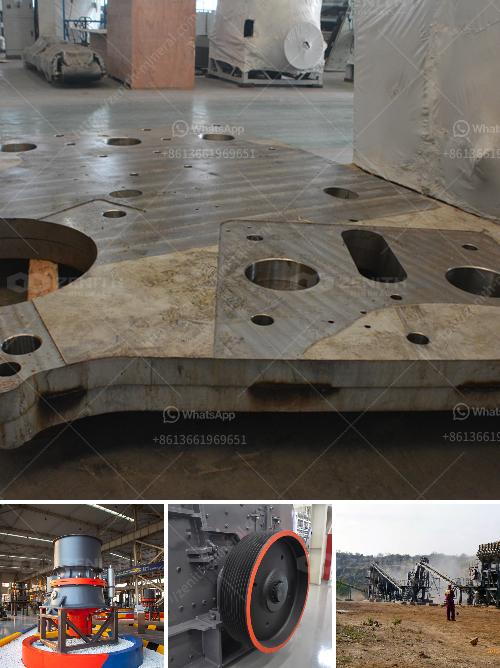Starting crushed limestone production involves several key steps. Here’s a structured guide to help you get started:
1. Market Research and Feasibility Study
- Conduct Market Research: Identify demand, major consumers, and competitors.
- Feasibility Study: Assess the financial and logistical viability, including costs, potential revenue, and risks.
2. Business Plan
- Develop a Business Plan: Outline objectives, production plans, marketing strategies, and financial projections.
- Legal Requirements: Understand zoning laws, mining permits, and environmental regulations in your region.
3. Site Selection
- Choose a Suitable Location: Proximity to natural limestone deposits, ease of access for transportation, and compliance with legal and environmental criteria.
4. Permitting and Environmental Assessment
- Obtain Necessary Permits: Secure mining leases or permits from local authorities.
- Environmental Impact Assessment: Conduct environmental assessments and implement necessary mitigation measures.
5. Equipment and Technology
- Procure Machinery: Acquire crushers, conveyors, screening equipment, loaders, and other necessary machinery.
- Install Processing Plants: Set up the crushing plant to process the limestone.
6. Workforce
- Hire Skilled Labor: Employ geologists, equipment operators, and other necessary staff.
- Training: Ensure staff are trained in safety procedures and machinery operation.
7. Extraction and Production
- Extraction: Begin mining operations, typically involving drilling, blasting, and transporting large limestone chunks.
- Crushing and Processing: Crush the mined limestone to desired sizes; process and refine if necessary for your target market.
8. Quality Control
- Set Quality Standards: Ensure consistent product quality through rigorous testing and quality control procedures.
9. Marketing and Distribution
- Develop a Marketing Strategy: Create a plan for reaching your target market.
- Distribution Channels: Establish relationships with distributors and end-users; consider transportation logistics.
10. Sustainability and Compliance
- Sustainability Practices: Implement sustainable and eco-friendly practices.
- Compliance: Regularly check for and comply with regulatory requirements and updates.
11. Review and Scale
- Regular Review: Monitor performance against business plan.
- Scaling Up: Plan for expansion based on market demand and operational efficiency.
Additional Tips:
- Stakeholder Engagement: Maintain good relations with local communities and stakeholders to mitigate opposition and create goodwill.
- Technology Adoption: Stay updated with the latest mining and processing technologies to enhance efficiency and reduce costs.
Conclusion
Starting crushed limestone production requires careful planning and execution across various aspects including market research, legal compliance, setting up infrastructure, and managing operations. Ensuring environmental sustainability and continuous improvement can lead to long-term success in this industry.

